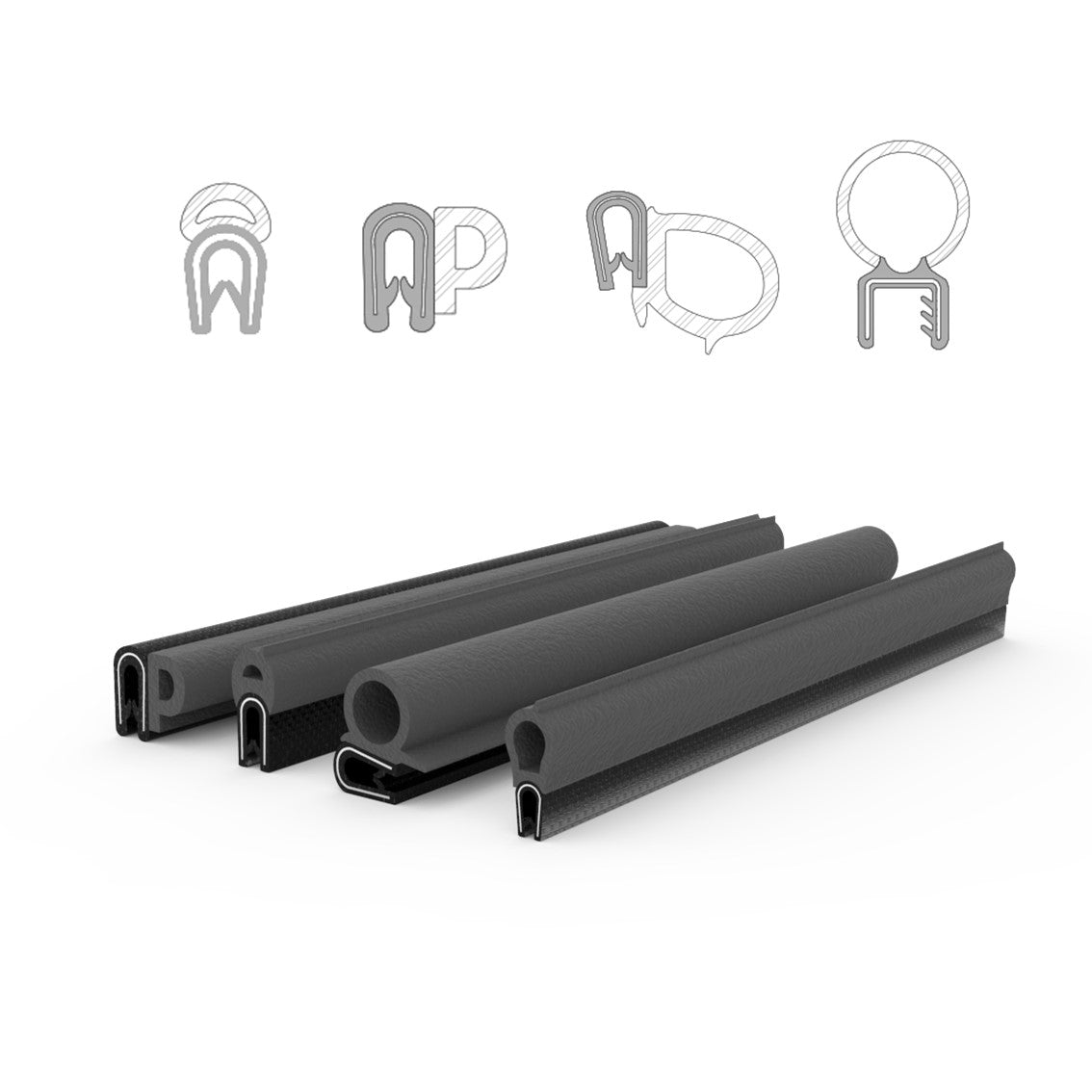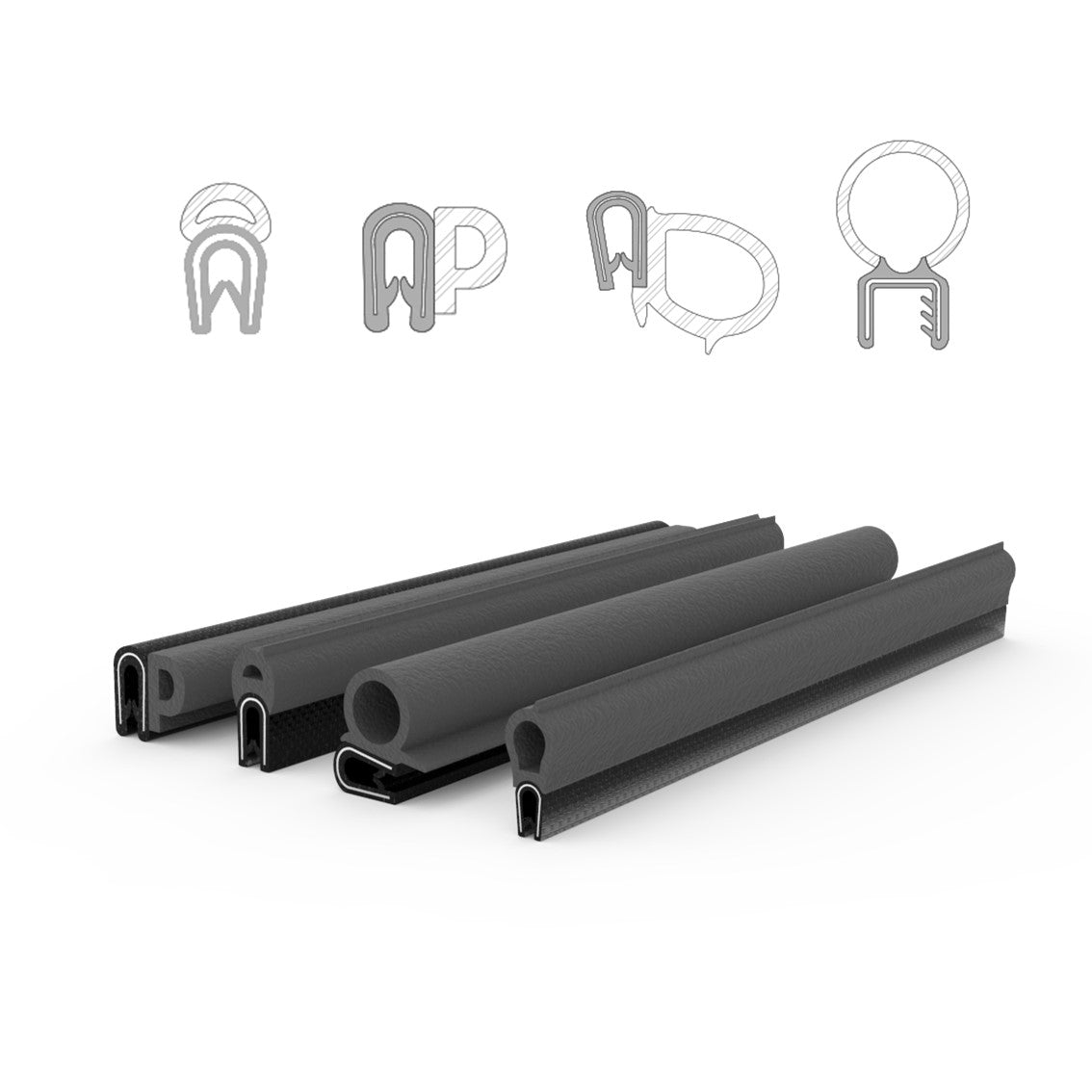
Contact us
FAQ
What are rubber edge trims and how are they used?
Rubber edge trims are flexible sealing profiles designed to fit over panel edges to provide protection, sealing and noise reduction. They are used to trim panels, protect exposed metal edges and seal doors or access hatches. Selection considers material compatibility, edge geometry and retention method. In procurement and specification, document operating conditions and expected mechanical stresses to ensure the chosen trim seals meet application and regulatory requirements.
How do I choose the right edge trim seal for panels and doors?
Choosing the appropriate edge trim seal requires assessment of the application environment, substrate material and edge profile. Evaluate chemical and temperature resistance, expected mechanical load and the required retention force. Measure edge thickness and shape to select a compatible gripping mechanism and consider compression characteristics for door seals where acoustic or weather performance matters. Request samples or trial lengths from suppliers to confirm fit and function before committing to large orders.
What are installation and maintenance best practices for trim seals?
Follow manufacturer guidance for insertion force and retention when installing trim seals. Prepare panel edges by cleaning and removing burrs, then fit trims progressively to avoid overstretching or twisting that can reduce grip. For door applications, verify compression and alignment during assembly. Maintain trim seals through periodic inspections for cracking, hardening or displacement, and replace damaged sections promptly. Document maintenance intervals and retain spare lengths for rapid repairs.
What should I know about availability and lead times for rubber edge trims?
Availability depends on profile, material and order quantity. Standard rubber edge trims and trim seals are frequently held in regional stock to support short lead times for common items. Specific profiles, custom compounds or high-volume requests may require additional manufacturing time. When rapid delivery is needed, confirm stock status and delivery options with the supplier; some providers maintain UK stock and offer next-day delivery for selected items. Factor potential production and transit variability into procurement planning.

